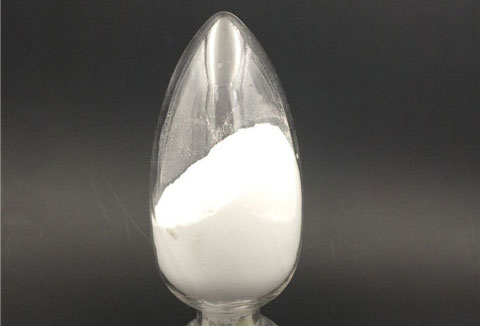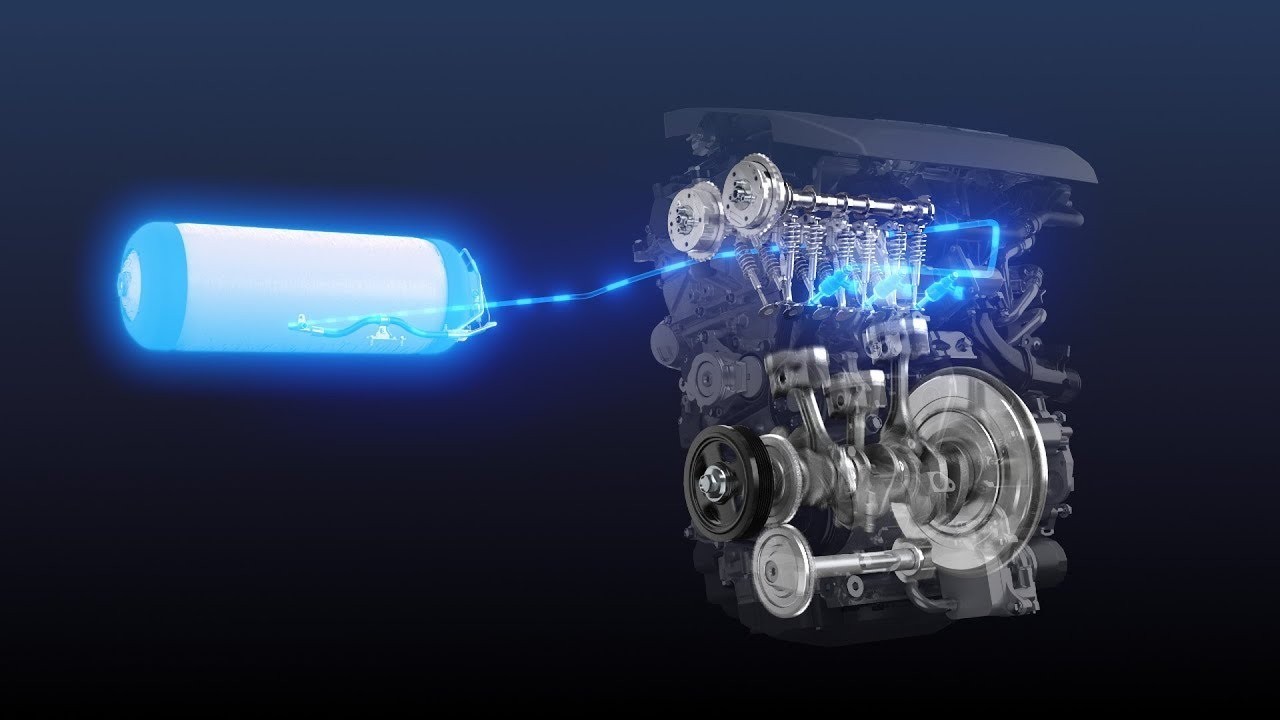 YuYi
YuYi
 Oct 17,2023
Oct 17,2023

Nano-yttrium oxide is used as a fuel cell reinforcement additive, steel non-ferrous alloy reinforcement, permanent magnet material additive, and structural alloy additive

1. Additives for steel and non-ferrous alloys. FeCr alloys usually contain 0.5% to 4% nano-yttrium oxide. Nano-yttrium oxide can enhance the oxidation resistance and ductility of these stainless steels. After adding an appropriate amount of nano-yttrium oxide-rich mixed rare earths to the MB26 alloy, the overall properties of the alloy are significantly improved. , can replace some medium-strength aluminum alloys for stress-bearing components of aircraft; adding a small amount of nano-yttria rare earth to Al-Zr alloy can improve the conductivity of the alloy; this alloy has been used by most domestic wire factories; in copper alloy Nano-yttrium oxide is added to improve the electrical conductivity and mechanical strength.
2. Silicon nitride ceramic material containing 6% nanometer yttrium oxide and 2% aluminum can be used to develop engine parts.
3. Use a 400-watt nano-neodymium oxide aluminum garnet laser beam to perform mechanical processing such as drilling, cutting, and welding of large components.

4. The electron microscope fluorescent screen composed of a Y-Al garnet single crystal wafer has high fluorescence brightness, low absorption of scattered light, and good resistance to high temperature and mechanical wear.
5. High nanometer yttrium oxide structure alloy containing up to 90% nanometer gadolinium oxide can be used in aviation and other applications that require low density and high melting points.
6. High-temperature proton conductive materials containing nano-yttrium oxide containing up to 90% of nano-yttrium oxide can be used in the production of fuel cells, electrolytic cells, and gas sensors that require high hydrogen solubility. In addition, nanometer yttrium oxide is also used in high-temperature resistant spray materials, diluents for atomic reactor fuels, additives for permanent magnet materials, and as getters in the electronics industry.
